May 18, 2025 | 05:24 GMT +7
May 18, 2025 | 05:24 GMT +7
Hotline: 0913.378.918
May 18, 2025 | 05:24 GMT +7
Hotline: 0913.378.918
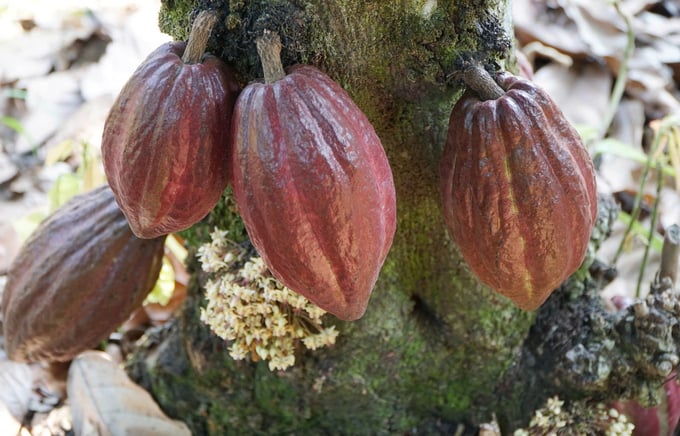
The price of fresh cocoa has reached a record high of 12,000 VND/kg. Photo: Son Trang.
Cocoa is one of the agricultural products that has experienced the most significant price increase globally this year. The price of cocoa in the futures market surpassed USD 10,000/ton for the first time in February 2024. Subsequently, cocoa prices fell; however, they continued to be exceedingly high. The global market price for cocoa was over USD 7,300 per ton at the conclusion of October 2024.
The primary cause of the elevated cocoa prices is the substantial decrease in cocoa production in Ghana and Côte d'Ivoire during the 2023/2024 crop season. Côte d'Ivoire and Ghana are the two major cocoa producers in the world, collectively accounting for 54% of global cocoa production, according to the International Cocoa Organization (ICCO). The global cocoa output was significantly impacted by the significant challenges that disease posed to cocoa production in these two countries during the previous season. ICCO anticipates that the global cocoa production for the 2023/2024 season will decrease by 11.7% compared to the 2022/2023 season, resulting in a total of 4.461 million tons.
Cocoa prices in Vietnam have also increased in response to the global price increase. In October 2024, the price of raw cocoa was approximately 12,000 VND/kg, according to Ms. Le Thi Thu Ha, a cultivator in Phu Hoa commune, Dinh Quan district, Dong Nai province. This is an unprecedentedly high price for Vietnamese cocoa producers.
If maintained properly, cocoa cultivated in the Phu Hoa commune can produce a yield of 25-30 tons per hectare. The current selling price of cocoa in Phu Hoa commune generates approximately 300-360 million VND per hectare in revenue for producers. Cocoa is intercropped with cashew plantations or other industrial crops in Phu Hoa and Dong Nai, which results in producers earning additional income in addition to cocoa revenue.
Unfortunately, the cocoa sector in Vietnam has experienced a significant decline in production and area, despite the global price increase. Vietnam's cacao area has been in a consistent decline since 2012, as reported by the Department of Crop Production. The region achieved a historic high of 25,700 hectares in 2012. The cocoa area in Vietnam had decreased to 3,471 hectares by 2023, with 2,836 hectares currently under harvest, resulting in the production of 4,786 kilograms of dried beans.
The continuous decrease in Vietnam's cocoa acreage over the past decade is a result of the low efficacy of cocoa production, which makes it challenging to compete with other commodities. Consequently, farmers in cocoa-growing regions have converted a significant portion of the land that was previously utilized for cocoa cultivation to produce fruit trees and other long-term industrial commodities.

Cocoa beans being dried. Photo: Tran Trung.
Companies such as Thang Muoi Coffee Company, Krong Ana Coffee - cacao Company, and Buon Ho Coffee Company are the primary owners of cacao plantations that are over ten years old in Dak Lak. In recent years, the majority of the cacao acreage has been converted to coffee and fruit trees, including avocado and durian.
The provinces of Tra Vinh and Tien Giang have experienced a substantial decrease in the area of cocoa intercropped within coconut and fruit plantations in the Mekong Delta region. Ben Tre province, which was previously intercropped with coconut and citrus trees and consisted of nearly 10,000 hectares of cocoa, is currently devoid of cocoa cultivation.
Numerous provinces have encouraged partnerships between enterprises and cocoa farmers to establish concentrated cocoa production zones, thereby enhancing the economic benefits for farmers and enhancing the quality of cocoa, despite the significant decline in cocoa acreage and production. In Chau Duc, Ba Ria - Vung Tau province, Thanh Dat Cocoa Trading and Service Co., Ltd. has invested in a production and processing chain that is combined with experiential tourism. In Dong Nai, Trong Duc Cocoa Co., Ltd. has invested in the cocoa production chain, which encompasses cultivation, refining, and trading. In Dak Lak, Cao Nguyen Xanh Co. has established a large-scale concentrated cocoa area. Puratos Grand-Place Vietnam Ltd. has implemented a project to promote cocoa production in Dak Lak and Lam Dong provinces by utilizing regenerative methods and agroforestry.
Vietnamese cocoa is highly regarded by international consumers for its flavor, which is why enterprises and farmers who are still involved in the cocoa industry are optimistic about this crop. The global cocoa market is divided into two categories: "ordinary" beans and "flavor" beans, as per Trong Duc Cocoa Co., Ltd. (Dong Nai). "Flavor" beans from the Criollo or Trinitario varieties, whereas "ordinary" beans are derived from the Forastero variety. Flavor beans account for less than 10% of the annual global cocoa production. The cocoa cultivated in Vietnam is a Trinitario hybrid, which is ranked among the top 10% of flavor beans globally.
Additionally, the Department of Crop Production reports that most cocoa producers in Vietnam have received training on cocoa fermentation techniques per the Protocols of the Ministry of Agriculture and Rural Development. Therefore, to satisfy the quality standards of domestic and international customers for processing and export, all Vietnamese cocoa beans are fermented. The ICCO has also certified Vietnamese cocoa beans as "flavor cocoa."
Currently, the Central Highlands and Southeastern regions of Vietnam are the primary locations for cocoa production. With 1,674 hectares and a production of 2,038 tons, the Central Highlands has the largest area, accounting for 48% of the country's cocoa acreage and 43% of its production. The Southeastern region is home to 1,380 hectares of cocoa, which produces 2,291 tons. This area accounts for 40% of the country's cocoa production and 48% of its total production.
Translated by Linh Linh
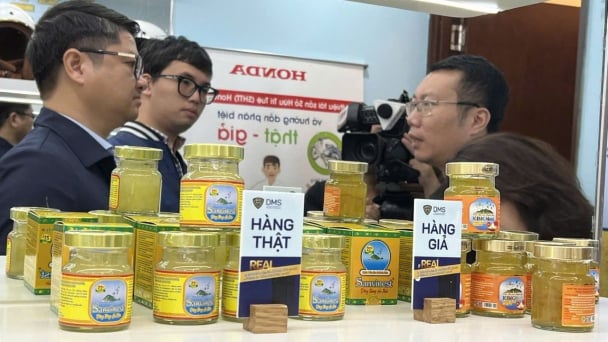
(VAN) In the face of counterfeit and imitation products, Khanh Hoa Salanganes Nest Company hopes for the prompt completion of the legal framework, strict enforcement against violations, and protection of the bird’s nest brand.
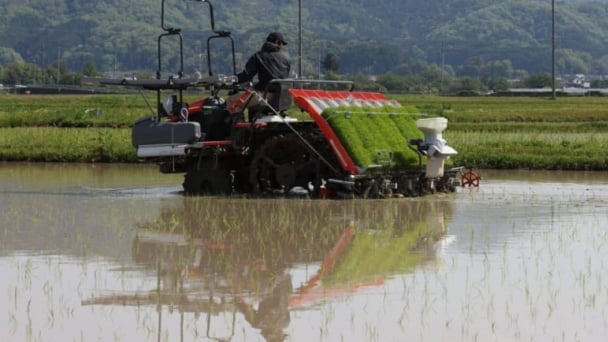
(VAN) Japan's efforts to lower the price of rice through the release of its stockpile may finally be making some progress, albeit at a snail's pace.
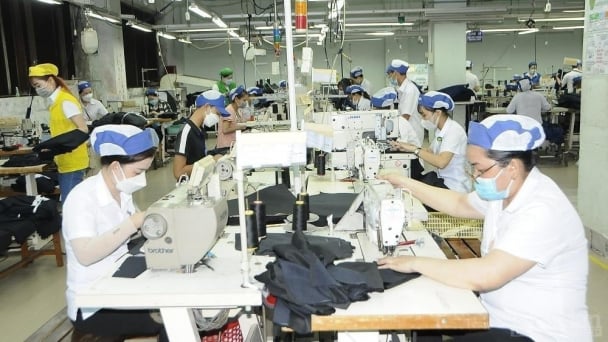
(VAN) U.S. tariffs are not only a 'shock', but also an opportunity for Vietnamese businesses to renew their mindset toward comprehensive development.
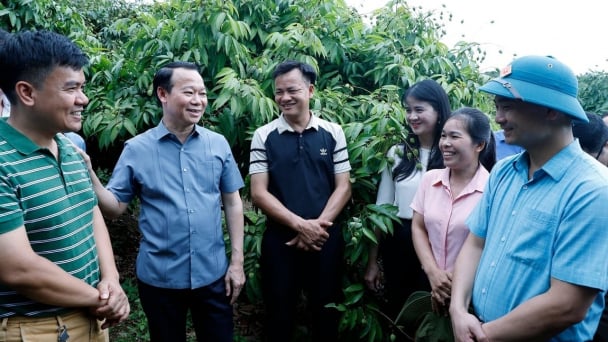
(VAN) As Bac Giang lychee enters the harvest season, Minister Do Duc Duy expects that the fruit will contribute greatly to agricultural exports due to standardized production and deep processing.
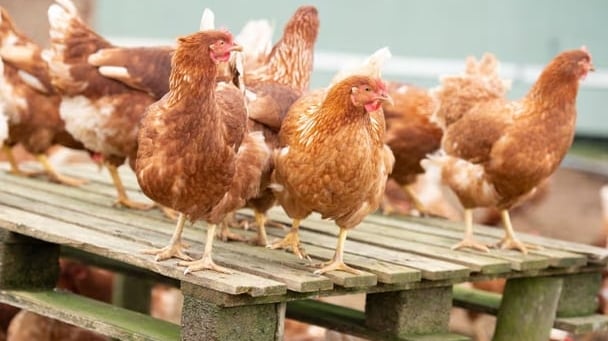
(VAN) Consumers have shown a preference for free-range eggs, but those farming systems are more vulnerable to biosecurity risks like bird flu.
/2025/05/09/5701-1-184335_301.jpg)
(VAN) Vietnam’s eel exports nearly doubled thanks to a mud-free farming model, opening up new prospects while still facing numerous barriers related to international standards.

(VAN) Minister Do Duc Duy warned that if production is not professionalized and supply chains are not transparent, the U.S. market could become a growth bottleneck.